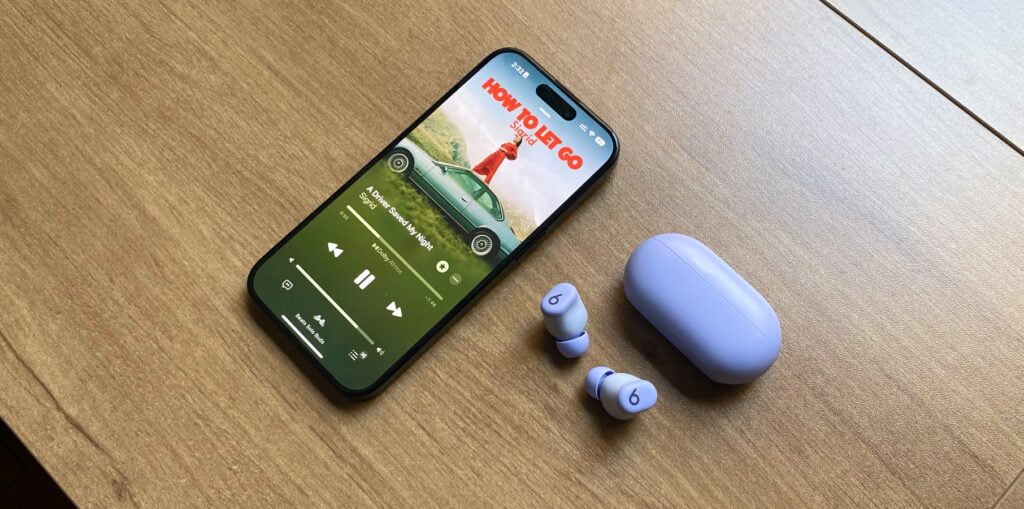Every once in a while, Apple provides us with a sneak peek at some of the equipment it uses to ensure that the iPhone delivers a top-notch user experience. A few years ago, for example, Apple invited a select number of journalists to an audio lab where it tests the audio and speaker performance on the iPhone and other products like the HomePod and AirPods.
More recently, Apple granted Marques Brownlee unique access to an Apple testing facility where iPhone durability is thoroughly evaluated.
iPhone durability testing
Many iPhone characteristics we take for granted, from its ability to withstand a fall onto concrete or its IP68 rating, are the result of countless hours of meticulous testing and iterative improvements. At Apple’s iPhone testing facility, engineers watch the iPhone closely as it maneuvers through a gauntlet of tests designed to ultimately engineer a product with best-in-class durability. One interesting tidbit is that Apple says it probably tests 10,000 different devices of a new iPhone model before a finished product actually arrives in stores.
The video below, for example, illustrates what Apple puts the iPhone through with respect to waterproof testing. Things start with a simple drip test before moving on to a high-pressure hose that blasts water at an iPhone. The test ends with the iPhone submerged underwater for a length of time.
Tech. Entertainment. Science. Your inbox.
Sign up for the most interesting tech & entertainment news out there.
By signing up, I agree to the Terms of Use and have reviewed the Privacy Notice.
#2: There’s an entire room of machines for water and ingress testing
Level 1: A drip tray simulating rain, no real pressure. IPX4
Level 2: A sustained, low-pressure jet spray from any angle. IPX5
Level 3: High pressure spray from a literal firehose. IPX6
Level 4: Locking the… pic.twitter.com/5R38I6QVmW
— Marques Brownlee (@MKBHD) May 29, 2024
Apple also designed machines to test how iPhone models perform when dropped on a variety of hard surfaces. As Brownlee notes, the machine can drop an iPhone from multiple angles on a range of different materials.
#3: Apparently Apple has also bought and programmed and industrial robot to be their own drop test machine – to simulate hundreds of different drop angles onto different materials
Then they hit it with some ultra bright lights and a high speed camera to watch them back in… pic.twitter.com/EsNJbVQrbO
— Marques Brownlee (@MKBHD) May 29, 2024
Apple executive explains why the iPhone is hard to repair
As part of his visit, Brownlee sat down for a talk with John Ternus, Apple’s head of Hardware Engineering. When asked about why the iPhone is notoriously harder to repair than rival smartphones, Ternus articulated that sometimes there is a tradeoff when it comes to durability and ease of repair.
If you imagine a product that never fails, and on the other end a product that maybe isn’t very reliable but is super easy to repair — the product that never fails is obviously better for the customer and the environment.
On an iPhone, a battery is something that if you want to extend the life on it, it will have to be replaced. We’ve been making iPhones for a long time. In the early days, one of the more common types of failures was water ingress. Where you drop it in a pool or spill your drink on it, and the unit fails. So we’ve been making strides over the years to get better and better in terms of minimizing those failures. But we’ve got to a point of IP68.
Ternus went on to say that in reducing the failure rate, tradeoffs with respect to repairability are necessary:
And it’s great because we get these stories of people who say, “I dropped my phone in the lake. I couldn’t get it for 2 weeks. I fished it out and it still works.” They’re super excited.
That said, to get the product there, you have to design a lot of seals, adhesives, other things to make it perform that way, which makes it a little bit harder to do that battery repair. You still have to do that battery repair, so we need to make sure we have solutions for customers to do that. And we do. But it’s objectively better for the customer to have that reliability. And it’s ultimately better for the planet, because the failure rate since we got to that point has plummeted, and the number of repairs that need to happen has gone down.
And every time you do a repair, you’re bringing in new materials to replace whatever broke. You can actually do the math and figure out, there’s a threshold at which – if I can make it this durable, it’s better to have it a little bit harder to repair because it’s going to net out.
It is interesting to see how far iPhone durability has come in recent years. Recall that every iPhone up to the iPhone 6 had no real water resistance to speak of. When Apple introduced the iPhone 7, it came with an IP rating of IP67. This remained in place until Apple introduced the iPhone 11 which came with a water resistance rating of IP68.
Ultimately, Apple’s rigorous approach concerning durability testing highlights the company’s dedication to manufacturing high-end devices that stand the test of time and can withstand a myriad of accidental drops and exposure to water. That said, it’s no surprise that the upgrade cycle for the iPhone has only gotten longer in recent years, precisely because an iPhone purchased today is markedly more durable than ever before.




